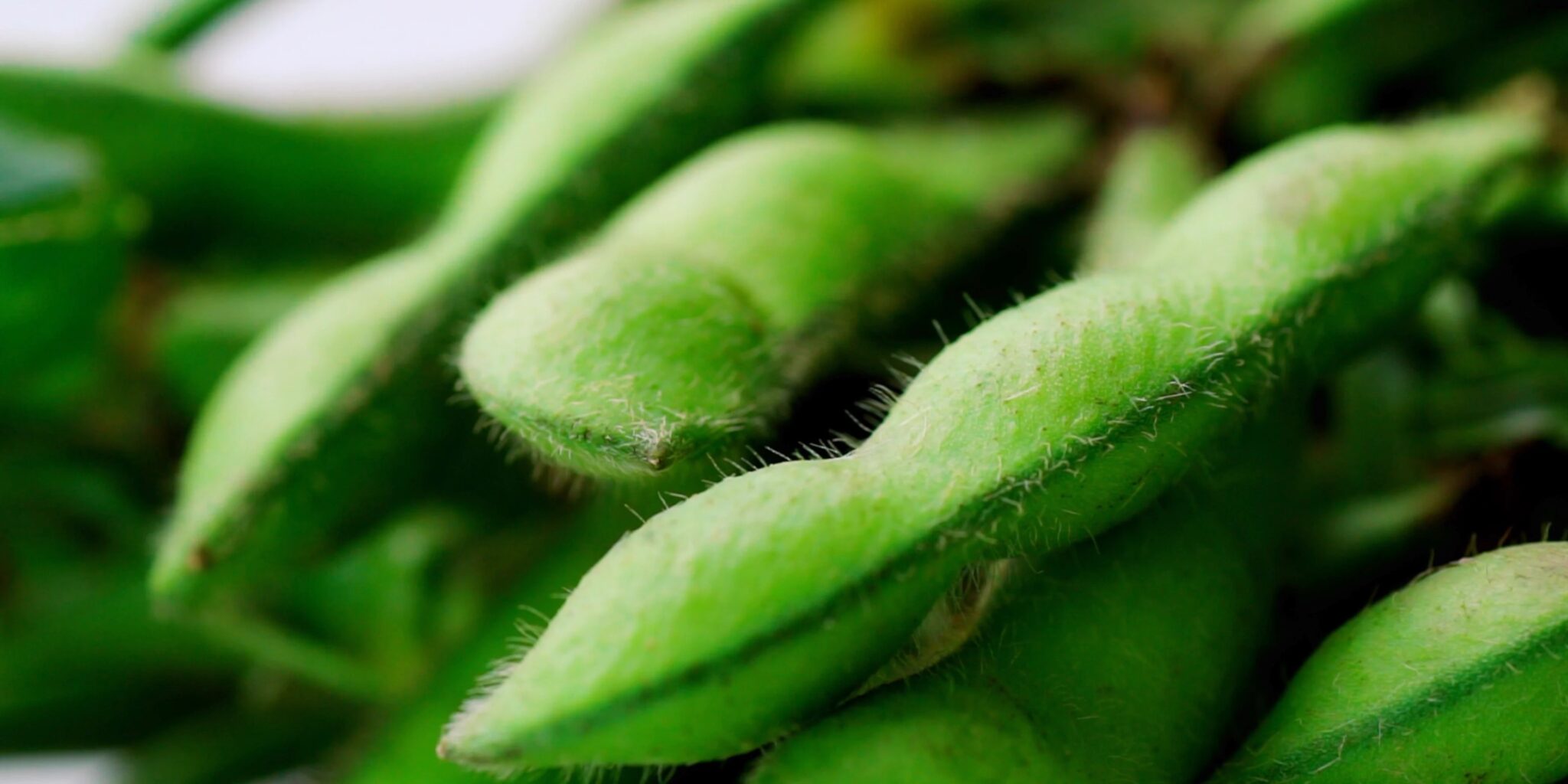Edamame

Edamame is green soybeans that are often served as an appetizer in Japanese and Chinese restaurants.
Here’s everything you need to know about these delicious nutrient-dense beans along with how to cook them.
What is edamame?
Edamame (枝豆) is the Japanese name for immature soybeans and literally means “stem beans,” presumably because they were traditionally sold with the stems still attached. Like most beans, soybeans are sweeter and have more umami due to higher concentrations of sucrose and amino acids before they are fully mature. While it’s unclear who first started eating soybeans before they were fully ripened, the taste probably played a big part in enjoying the beans young.
These days, the most common method of preparation is to boil them in salted water and enjoy them straight from the pods, but these lime green beans can be used in everything from soups such as Kenchinjiru to sweets such as Zundamochi.


How do you pronounce edamame?
Edamame is a four-syllable Japanese word and is pronounced eh-da-ma-meh.
e like engine
da like dark
ma like march
me like medic.
EDAMAME NUTRITION
Edamame is high in fiber and protein and contains loads of vitamins and minerals. Here are five reasons why edamame is so good for you:
1. PROTEIN
Packed with 16.9 grams of protein per 1 cup serving, edamame isn’t just high in protein. Soy protein is also a complete protein, loaded with the nine essential amino acids that our bodies require to function. These include histidine, isoleucine, leucine, lysine, methionine, phenylalanine, threonine, tryptophan, and valine. Unlike the other amino acids, the human body can’t produce these ones, so we need to get them from food in order to survive.
2. FIBER
Soybeans are a legume, and like most legumes, edamame contains loads of fiber, 8.1 grams per serving to be specific.


3. VITAMINS
Edamame contains significant amounts of Vitamin C, Vitamin K, Thiamin, and Riboflavin, but where it really shines is in its Folate content (a serving contains 121% of the recommended daily value). Also known as Vitamin B9, Folate is essential in the production of blood cells and the synthesis of DNA.
4. MINERALS
With over 20% of the recommended daily values of iron, magnesium, phosphorus, copper, and manganese, edamame is also a good source of calcium and potassium.
5. PHYTONUTRIENTS
Soybeans are a rich source of phytonutrients like isoflavones, saponins, phytosterols, and carotenoids.
Why is edamame so nutritious?
Edamame is one of the few plant-based foods that can be considered a complete protein, meaning it contains adequate portions of the nine essential amino acids, humans need to survive. This makes it an excellent source of protein for people trying to reduce their meat intake.
Soybeans are low in carbs relative to their protein content, and they have a low glycemic index, which allows them to give you energy without raising your blood sugar.
As if that weren’t enough, edamame is also a good source of dietary fiber, vitamin K, and B vitamins such as folate, thiamine, and riboflavin and they are full of minerals such as manganese, phosphorus, magnesium, iron, and calcium.

